Peter C. Whitfield, Elfyn O. Thomas, Fiona Summers, Maggie Whyte, Peter J. Hutchinson052169762X, 9780521697620, 9780511534393
Table of contents :
Cover……Page 1
Half-title……Page 3
Title……Page 5
Copyright……Page 6
Dedication……Page 7
Contents……Page 9
Contributors……Page 11
Foreword……Page 15
Definition and classification of traumatic brain injury……Page 17
Incidence of TBI……Page 19
Mortality from TBI……Page 21
Causes of head injury……Page 22
Head injury requiring intensive care or neurosurgery……Page 23
Prevention of head injury……Page 24
Summary……Page 25
References……Page 26
Skull fractures……Page 28
Extradural haemorrhage……Page 29
Brainstem avulsion……Page 30
Traumatic axonal injury……Page 31
Brain swelling and cerebral ischaemia……Page 32
Progressive neurological degeneration……Page 33
Excitotoxicity and nitric oxide in head injury……Page 34
References……Page 35
Weight drop model……Page 38
Diffuse axonal injury – inertial acceleration model……Page 39
Mixed focal and diffuse injury……Page 40
Cerebral blood flow and cerebral oedema……Page 41
References……Page 42
Glasgow Coma Scale (GCS) assessment……Page 44
Cranial nerves……Page 46
False localizing signs……Page 47
Intracranial herniation……Page 48
Non-accidental head injury……Page 49
References……Page 51
CT……Page 52
MRI……Page 54
Diffusion-weighted and diffusion tensor imaging……Page 56
Positron emission tomography……Page 57
SPECT/Xenon-CT……Page 58
Summary……Page 61
References……Page 62
Anatomical scoring system……Page 65
Case study……Page 66
Trauma outcome prediction methodology……Page 67
Outcome prediction in traumatic brain injury (TBI)……Page 68
Comparing systems of trauma care……Page 69
Summary……Page 70
References……Page 71
Epidemiology……Page 72
Clinical features and evaluation……Page 73
Imaging studies……Page 74
Initial care and observation……Page 75
Post-concussive syndrome (PCS)……Page 77
References……Page 78
Introduction……Page 80
Pre-hospital care……Page 81
General principles……Page 82
Circulation……Page 83
Imaging……Page 84
Injury priorities and patient transfer……Page 85
References……Page 86
Indications for transfer……Page 89
Conduct of the transfer……Page 90
Primary transfer to tertiary referral centres……Page 91
Maintaining standards for interhospital transfers……Page 92
Training……Page 93
References……Page 94
Treatment……Page 97
Physiological neuroprotection……Page 98
Specialized neurointensive care vs. general intensive care……Page 100
Variations in practice……Page 101
References……Page 102
Importance of ICP monitoring in head injury……Page 105
Technology……Page 106
Process……Page 107
Frequency analysis……Page 108
Pulse wave……Page 109
Respiratory waves and slow waves……Page 110
RAP index and compliance……Page 112
PRx index……Page 113
High-frequency centroid……Page 115
ICP-derived predictors of clinical outcome……Page 116
References……Page 118
Principles of microdialysis……Page 121
Microdialysis markers of cerebral metabolism and injury……Page 122
Pathological thresholds and intensive care interventions……Page 123
Jugular venous oximetry……Page 124
Brain tissue oxygenation……Page 126
Near infrared spectroscopy……Page 127
Transcranial Doppler (TCD)……Page 128
Thermodilution or thermal diffusion……Page 129
References……Page 130
CPP-based therapy……Page 132
Lund therapy……Page 134
Sedation, analgesia and muscle relaxants……Page 135
Barbiturate coma……Page 136
Ventilatory support……Page 137
Hyperosmolar therapy……Page 138
Hypertonic saline……Page 139
Control of temperature……Page 140
References……Page 141
Cardiovascular complications……Page 147
Norepinephrine……Page 148
Pneumonia……Page 149
Acute lung injury……Page 150
Venous thromboembolism……Page 151
Tracheostomy in head injury……Page 152
Options for delivery of nutritional support: enteral versus parenteral……Page 153
Early feeding and relation of caloric intake to patient outcome……Page 154
Effects of intravenous fluids on the brain……Page 155
Hypernatraemia in head-injured patients……Page 156
Treatment……Page 157
Syndrome of inappropriate antidiuretic hormone secretion (SIADH)……Page 158
Diagnosis of hyponatraemia……Page 159
Treatment of hyponatraemia……Page 160
References……Page 161
Anatomy and physiology……Page 169
The UK code of practice for BSD testing……Page 170
Presence of long-acting sedative agents……Page 171
Confirmatory tests……Page 172
Organ and tissue donation within critical care……Page 173
Relatives of the potential donor……Page 174
Organ donation after BSD……Page 175
References……Page 176
Pathophysiology……Page 178
Cerebral perfusion pressure (CPP)……Page 179
Induction of anaesthesia……Page 180
Position……Page 181
References……Page 182
Glasgow Coma Scale (GCS)……Page 185
Pupils……Page 186
Haematoma/CT scan related factors……Page 187
Conservative treatment of patients with traumatic intracranial haematomas……Page 188
Cerebral contusions and intracerebral haematoma……Page 189
Depressed skull fractures……Page 190
Surgical techniques……Page 191
Decompressive craniectomy……Page 192
References……Page 193
Early management……Page 198
Craniofacial assessment……Page 199
Imaging in craniofacial injury……Page 200
Facial fractures……Page 201
Orbital injuries……Page 202
Sequencing in pan-facial injury……Page 203
Frontal sinus fracture management……Page 206
Timing of surgical intervention……Page 208
Airway considerations……Page 209
References……Page 210
Bone autograft……Page 212
Metals……Page 213
Indications, contraindications and timing……Page 214
Complications……Page 215
References……Page 217
Skull base fracture – CSF leak……Page 219
Skull base fracture – repair techniques for CSF fistula……Page 220
Depressed skull fractures – infection risk……Page 221
Pneumocephalus……Page 222
Occlusive injuries……Page 223
Traumatic intracranial aneurysms……Page 224
Epilepsy……Page 225
Hydrocephalus……Page 226
Cranial nerve trauma……Page 227
Post-traumatic encephalopathy after repeated injury……Page 228
References……Page 229
Mild head injury……Page 231
Screening minor head injuries……Page 232
Severe head injury……Page 234
Extra-axial haematomas……Page 235
Intracranial pressure monitoring……Page 236
Hypocapnoea……Page 238
Osmotic management……Page 239
Hypothermia……Page 240
Non-accidental head injury……Page 241
References……Page 242
Models of service……Page 247
The rehabilitation process……Page 249
Cost effectiveness in rehabilitation……Page 250
References……Page 252
Respiratory care……Page 253
Manual hyper-inflation……Page 254
Speech and language therapy……Page 255
Occupational therapy in the acute phase……Page 256
Rehabilitation of patients in a reduced state of consciousness……Page 258
Assessing cognitive functioning in the acute in-patient environment……Page 259
References……Page 260
Cognitive assessment and rehabilitation planning……Page 263
Approaches to rehabilitation for cognitive impairments……Page 264
Attention……Page 265
Language and communication……Page 266
Neurorehabilitation of challenging behaviour……Page 267
Neuropsychological rehabilitation of children with Acquired Brain Injury: a brief overview……Page 268
Occupational therapy……Page 269
Community rehabilitation……Page 270
Musculoskeletal care……Page 271
Motor control……Page 272
Disorders of communication……Page 273
Rehabilitation of communication disorders……Page 275
Return to work……Page 276
References……Page 278
Process of neuropsychological assessment……Page 284
Memory……Page 285
Perception……Page 286
Assessment of capacity……Page 287
Mood disorders……Page 288
Changes in behaviour following brain injury……Page 289
Intervention and treatment with families……Page 291
Post-concussion symptoms……Page 292
References……Page 293
Outcome measures……Page 297
Threshold values……Page 298
Outcome after mild head injury……Page 300
Progressive neurological disease, including punch drunk syndrome……Page 301
Communication with families after TBI……Page 302
Conclusion……Page 303
References……Page 304
Personal injury reports……Page 306
Police and coroner reports……Page 307
Medical negligence……Page 308
Cervical spine injuries……Page 310
Whiplash associated disorders……Page 312
Support services……Page 314
References……Page 315
Index……Page 317
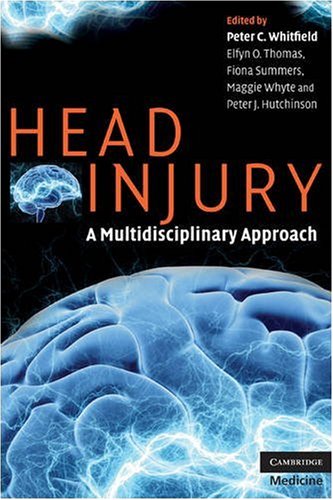

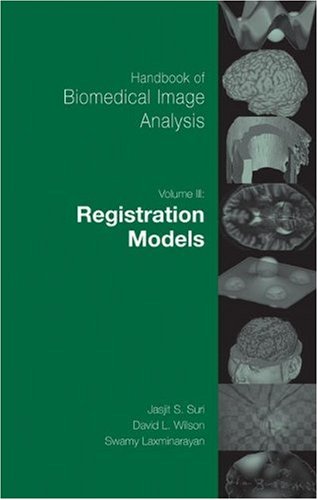
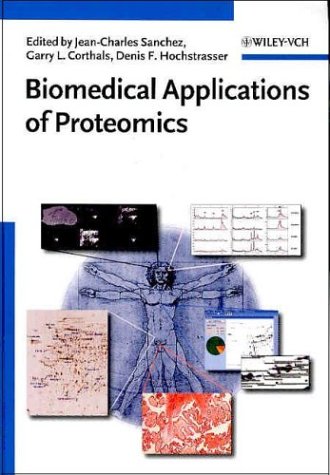
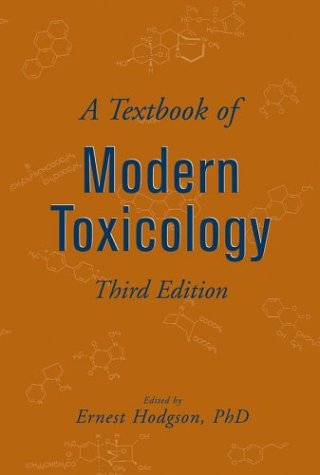
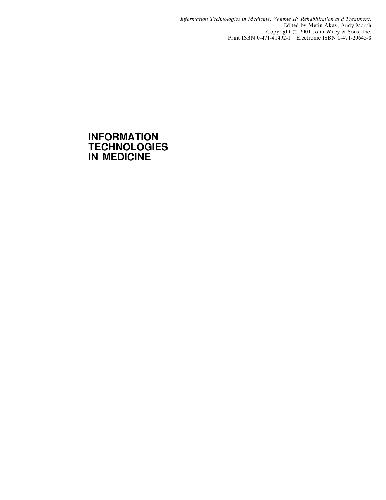

Reviews
There are no reviews yet.